Is it possible to import a virtual lamp object into the AR scene, that projects a light cone, which illuminates the surrounding space in the room and the real objects in it, e.g. a table, floor, walls?
For ARKit, I found this SO post.
For ARCore, there is an example of relighting technique. And this source code.
I have also been suggested that post-processing can be used to brighten the whole scene.
However, these examples are from a while ago and perhaps threre is a newer or a more straight forward solution to this problem?
